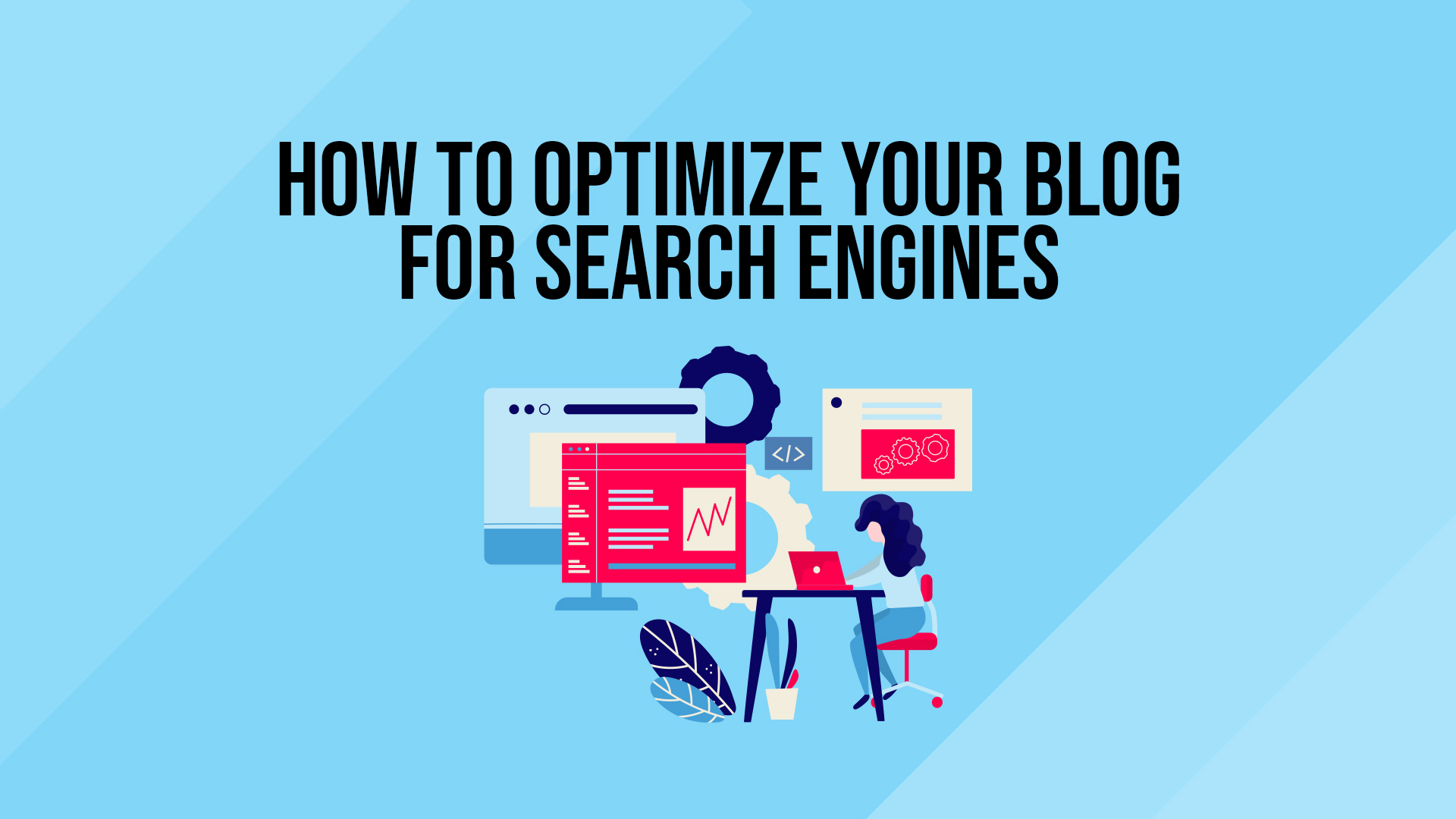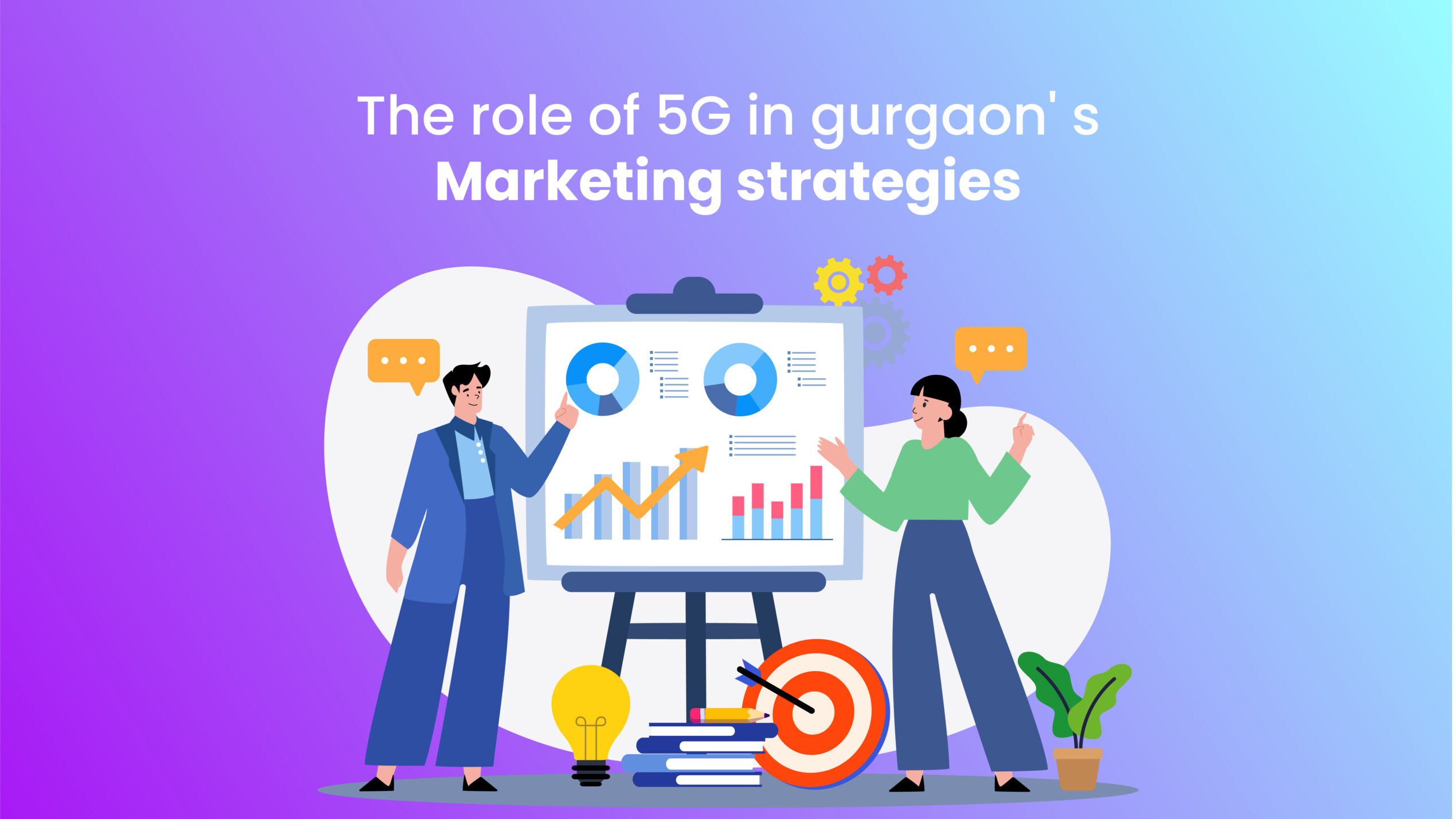How to Optimize Your Blog for Search Engines
In the current world of digitization, having a blog is no more just a hobby or a side project. It can be a really useful tool to give you the required increase in visibility, traffic, and business. But for this to happen, your blog needs to be optimized for search engines. This process is what is referred to as Search Engine Optimization (SEO), and is what makes your content rise above on the Search Engine Results Pages (SERPs), ensuring most people can easily find you. In this blog, we will explore a few key steps on how best you can optimize your blog to be featured on search engines and elevate your online presence.
1. Keyword Research
Keyword research should be at the center of any successful SEO strategy. You will need to find the right keywords as products or services are the ones that determine which topics to discuss and how to phrase the content. Search terms that people type into search engines represent these keywords.
Start by using one of the tools at your disposal, such as Google Keyword Planner, SEMrush, or Ahrefs, to find topical keywords within your niche. Target only long-tail keywords, which are three words or more in phrase, because they are less competitive and often highly relevant to user intent. Once you’ve figured your target keywords, work them organically into your blog post
2. Optimize Title and Headings
A blog’s title is the first thing readers and search engines
see, so you’ll want it to be very catchy and keywords-rich. Try and put the
main keyword at the very top. Headings, in the form of H1, H2, H3, etc., break
down your content into digestible parts and communicate to the search engine
what each section of your posting is all about.
3. Quality Content
If the quality of content is important, this is an understatement when it comes to SEO. The search engines, especially Google, strive to identify high-quality, relevant, information-rich content that adds value to the end-user. Write content—first and foremost—for your audiences and then optimize for the search engines
You also want to avoid thin content—meaning posts with little information or value. A blog could be more attractive by including more media such as images, videos, and infographics. Search engines are also looking at user engagement metrics, such as time on a page and bounce rate, to determine the quality of a page. Well-structured and appealing content will keep readers for a much longer time, thus improving on these metrics.
4. Improve Page Speed
Page load time is another very important ranking performance criterion. Slow pages tend to frustrate users and often lead to increased bounce rates, making your SEO performance worse. Based on Google research, the probability of someone leaving your site increases by 32% as the page load time goes from 1 to 3 seconds. If a page load time is equal to 5 seconds, the bounce rate can increase by 90%.
Compressing images, minification of CSS and JavaScript files, enabling browser caching, etc all will improve the page speed. You can use the various tools to measure the speed of your site. Some of them are Google Page Speed Insights and GTmetrix.
5. Optimize Meta Descriptions
One-liner meta descriptions are what show up below your blog
post title within the search results. This doesn’t directly improve ranking but
plays an important role in click-through rates. A well-written meta description
will ensure user clicks on the given blog post rather than a competitor’s. Your
meta description should be short—between 150-160 characters—and contain your
primary keyword. It should also be compelling, providing an answer as to why
users should read your post.
6. Internal and External links
The creation of links is another very important SEO
strategy. These are the links where a page or a blog post in your site links to
another page. What they do is keep the visitors on your site for a longer time,
causing better user engagement metrics, and allow the search engines to better
understand your website’s structure. When possible, link to relevant pages
inside your site to create a network of content. External links are nothing but
the links that take the user to another credible but different source, not
belonging to your website.
7. Make sure your site is optimized for mobile
Your blog’s mobile version has to be superb. With most
online searches now happening with mobile devices, your blog just has to be
mobile-friendly. Google does mobile-first indexing, meaning your site’s mobile
version is treated as the primary version when coming up with search rankings.
Make sure your website has responsive design so it will size your display
according to DEVICE—Mobile, Tablet, or Desktop.
8. Leverage Social Media
Social media signals do not actually affect the search engine rankings incrementally; however, promoting the blog on social media will gain more visibility and traffic. More traffic eventually results in more engagement, which can turn around to bettering of various site SEO metrics, like time on site and bounce rate. Share these posts across platforms: Facebook, Twitter, LinkedIn, Instagram, etc., and ask further that people share your share.
9. Monitor Performance and Make Adjustments
It has to be done, not once, but constantly; the performance of a blog has to be monitored all the time. Regularly monitor how your blog is performing with tools like Google Analytics and Google Search Console. Those tools can be used to understand the performance of content in your blog in terms of traffic, user engagement, and rankings .In case some of your posts drive very low traffic, revise them by updating the content, optimizing better the placement of the keywords, or increasing the page speed.
Conclusion
Keyword research, optimization of the title and headings, page speed, content optimization with quality, etc., can significantly build visibility on search engines for your blog. Remember, SEO is basically a long-term investment, and a little bit of consistency in effort pays higher dividends.
Whether you are a professional blogger or just beginning, here are some SEO best practices to keep you in the game. For more intense digital marketing support, do consider getting in touch with the best digital marketing company in Gurugram to take you through the intricacies of SEO and your digital strategy.



